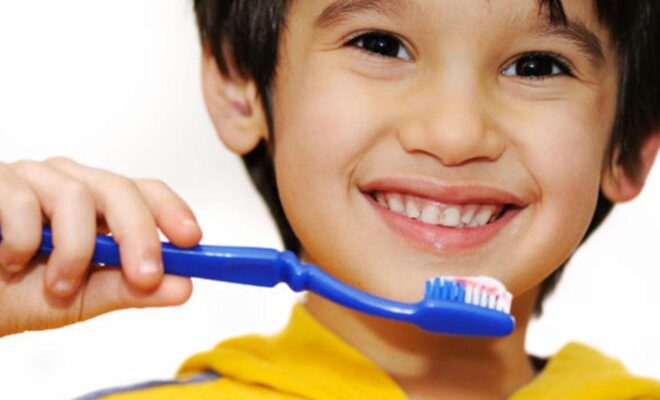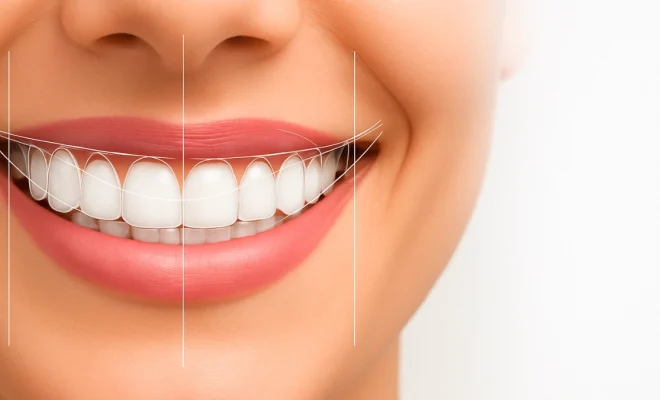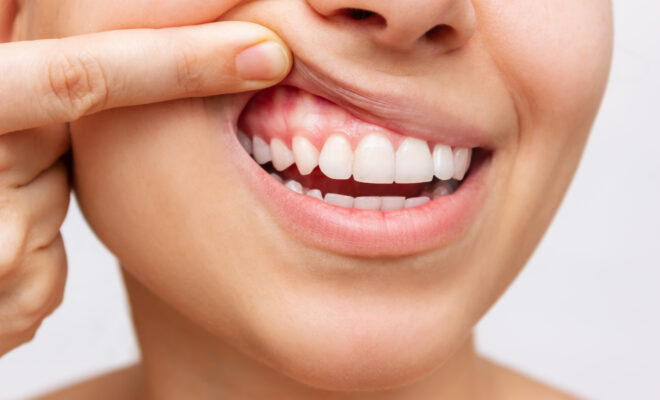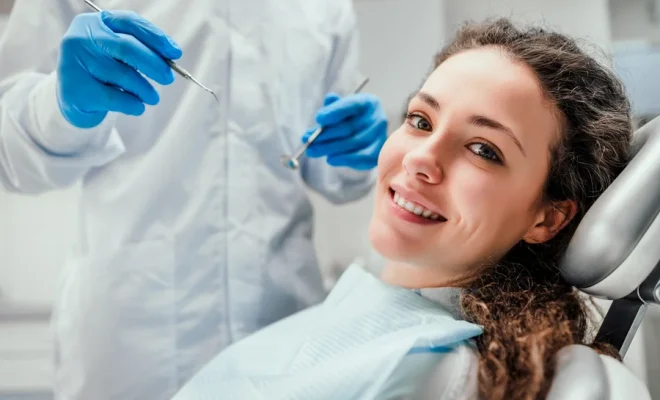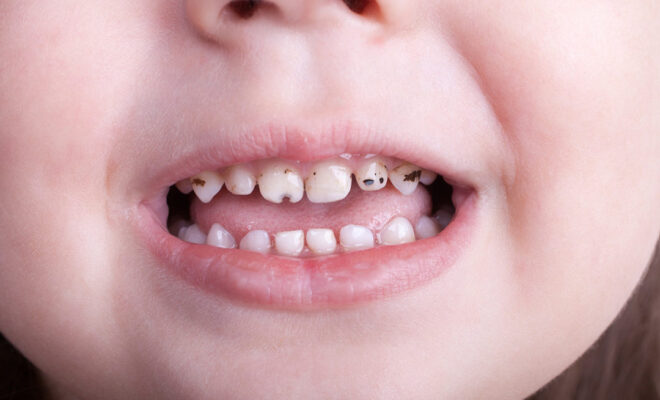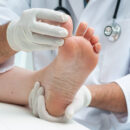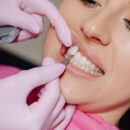How To Maintain A Healthy Smile Between Dental Visits
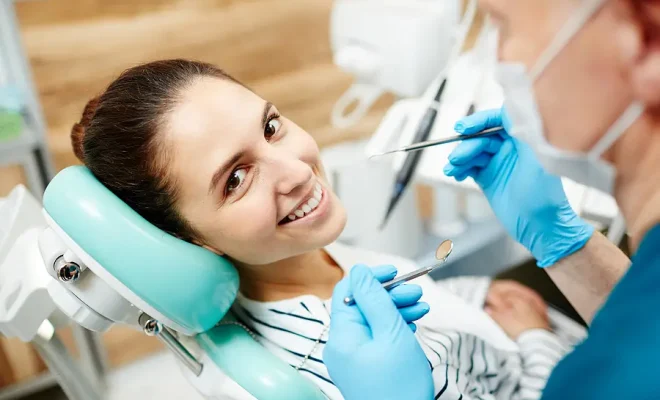
Caring for your smile helps keep your teeth strong. A bright smile boosts confidence and signals good health. A dentist in Hackensack NJ can provide expert care. However, you play a crucial role between visits. Regular brushing and flossing are key. Use toothpaste with fluoride to fight cavities. Replace your toothbrush every three months. Choose healthy snacks like crunchy fruits and vegetables to naturally clean your teeth. Drinking water helps rinse away food particles. Pay attention to your gums. Bleeding or swelling might need a dentist’s attention sooner. Consider mouthwash for extra protection against bacteria. Avoid smoking and limit sugary drinks. These habits support oral health. If you grind your teeth at night, a mouthguard can help. When you follow these steps, you’re better prepared for your next dental check-up. A healthy smile is possible with everyday efforts. You deserve to feel proud of your smile always.
Brushing Techniques
Brush your teeth twice daily for two minutes each time. Use a soft-bristled toothbrush to avoid damaging your gums. Hold the brush at a 45-degree angle to your gums. Move the brush back and forth gently in short strokes. Remember to brush all surfaces of your teeth, including the inside, outside, and chewing surfaces.
The Role of Flossing
Flossing removes food and plaque between teeth where brushes can’t reach. Use an 18-inch strand of floss. Wrap most of it around your middle fingers, leaving an inch to work with. Gently curve the floss around each tooth and slide it under the gumline. Move the floss up and down against the tooth.
Diet and Oral Health
Your diet plays a significant role in your oral health. Foods high in sugar feed the bacteria that cause cavities. Substitute candies and sweets with fresh fruits like apples or pears. Dairy products like cheese can help protect tooth enamel. Leafy greens like spinach provide essential vitamins for gum health.
Understanding Toothbrush Replacement
Replacing your toothbrush is important. Over time, bristles wear out and become less effective. Plan to replace your toothbrush every three months. If bristles appear frayed, replace it sooner. A fresh toothbrush helps more effectively remove plaque and bacteria.
Protecting Your Teeth
Using a mouthguard during sports activities can prevent injuries. If you grind your teeth, a night guard can protect them from wear. Consult your dentist for personalized advice on mouthguards.
Hydration and Oral Hygiene
Water is essential for good oral health. It rinses away leftover food and neutralizes acids produced by bacteria. Ensure you’re drinking enough water daily to maintain a healthy mouth.
Risks of Smoking
Smoking harms oral health significantly. It leads to gum disease, tooth loss, and oral cancer. Quitting smoking improves oral health and overall well-being. Resources for quitting smoking can be found at CDC’s quitting resources.
Limiting Sugary Drinks
Sugary drinks like soda or juice contribute to tooth decay. Opt for water or unsweetened beverages. If you consume sugary drinks, use a straw to minimize contact with teeth. Rinse your mouth with water after drinking them.
Monitoring Gum Health
Healthy gums are firm and pink. Any changes like redness, swelling, or bleeding during brushing may indicate gum disease. Early detection and treatment can prevent serious issues. A dentist can provide guidance on caring for your gums.
The Importance of Regular Check-Ups
Regular dental visits are crucial even if you practice good oral hygiene. Dentists can spot potential problems early. Routine cleanings remove plaque and tartar that brushing misses.
| Action | Frequency |
|---|---|
| Brush teeth | Twice daily |
| Floss | Once daily |
| Replace toothbrush | Every 3 months |
| Dental check-up | Every 6 months |
By incorporating these habits and understanding their benefits, you actively support your oral health. A healthy smile is a reflection of your overall well-being. Stay committed to these practices between dental visits to maintain your smile for a lifetime.

